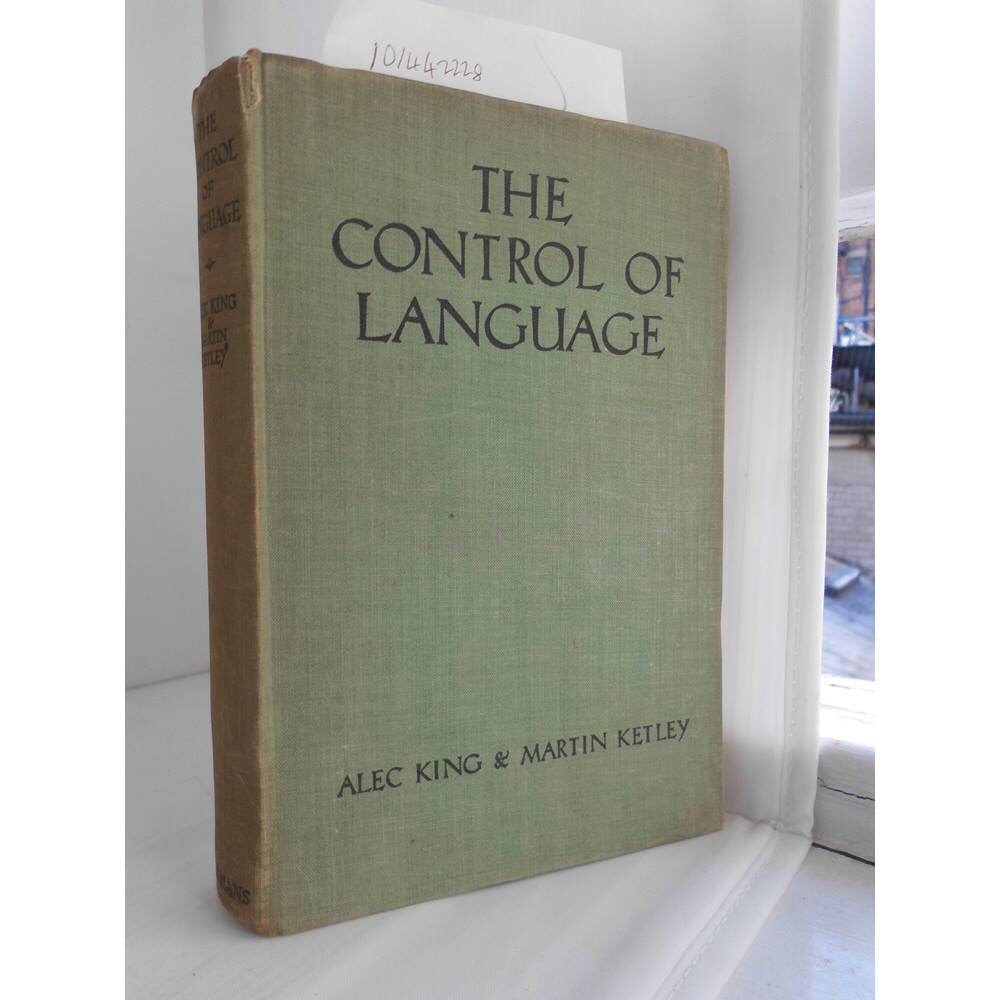The Abolition of Man was one of the first books I read after starting the virtue project. I was blown away by how applicable the first two chapters were to everything I was thinking and writing about. But first, a little background for the book…
The Author
– C.S. Lewis 1898-1963
Publishing Details
– published 1944
– alternate title: Reflections on education with special reference to the teaching of English in the upper forms of schools
Here is a fun little note. The “little green book” that Lewis begins by examining in depth is actually known to us now. Given his harsh critique, it was very kind of him to keep the title and authors anonymous. But unfortunately the internet knows all. Here is a pic of the original.

Book Outline
1. Men Without Chests
2. The Way
3. The Abolition of Man
Appendix: Illustrations of the Tao
“The Master said, He who sets to work on a different strand destroys the whole fabric.” – Confucius, Analects II, 16
Special Interest for the Virtue Project
1. Defining virtue.
Lewis points the way toward defining virtue as something like rightly ordered emotions trained into stable sentiments. Virtue entails dependably just and righteous emotional responses to people, objects, and situations that merit them. The virtue project is particularly interested in how this training process for the emotions takes place, especially when your culture has failed to provide much assistance.
2. Defining the Tao.
The Tao, I think, is the basic body of traditionally accepted virtues. These virtues are self-evidently just and right and cannot be proven right on some scientific method. Either some things are self-evidently true or nothing is true. Either some things are obligatory for their own sake or nothing is obligatory at all.
3. Forming a cannon of the Tao.
This is akin to compiling the basic list of traditionally accepted virtues. It is important to note that there are challenges to the process of trying to find virtues that are “universal” or the least common denominator. That is not necessarily the goal. Some formulations of the Tao are better than others. Some are truer than others. Therefore, there will be contradictions and inconsistencies. But the general idea that there is a self-evidently true and obligatory set of virtues that lay a claim to our behavior is the important part. This can set me on the path of finding as many formulations of the Tao as I can, throughout history and around the world.

Leave a Reply